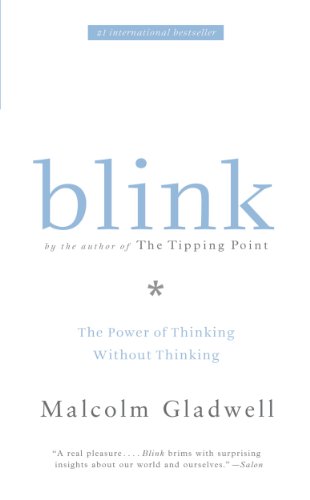

This article is an excerpt from the Shortform summary of "Blink" by Malcolm Gladwell. Shortform has the world's best summaries of books you should be reading.
Like this article? Sign up for a free trial here .
What is sensation transference? As a seller, how can I create a product that takes advantage of sensation transference? As a buyer, how can I be more aware of how sensation transference affects my buying choices?
When the way a product looks influences the way we experience it, we’re experiencing sensation transference. If you create products, learn how to make yours one everyone wants to buy. If you’re a consumer, learn how to avoid falling into the trap of sensation transference.
Sensation Transference
Sensation transference occurs when we judge a product by its packaging. In other words, we don’t distinguish between the product and its packaging. The packaging is part of the product, not independent of it.
When we judge a product as good or bad, the product’s packaging influences that judgment. This is sensation transference.
For example, no one wanted to buy margarine in the 1940s. They didn’t like the way it tasted. At the time, margarine was white and unappealing. Researchers discovered that if they colored it yellow to make it look like butter, and wrapped it in foil, which was a sign of high-quality, people thought that margarine tasted a lot better. In the process of sensation transference, people transferred their feelings about the new packaging to the taste sensation of the product.
Sometimes, what we “taste” has nothing to do with flavor and everything to do with packaging. The ability to judge a product objectively fails when the unconscious mind is distracted by irrelevant information, like a product’s packaging. Sensation transference keeps people from knowing what they really like, but it helps companies sell their products.
Sensation Transference: Lessons for Companies
Because we as consumers don’t always know what we really want, companies like Coca-Cola have learned the hard way that asking us what we like and dislike isn’t always a sound business strategy. Because of sensation transference, we’re unreliable when it comes to knowing our minds.
Sensation Transference Example: New Coke
In the early 1980s, Pepsi was gaining on Coca-Cola in the quest for soft drink domination. Pepsi ran a commercial featuring the “Pepsi Challenge,” in which Coke loyalists were shown to prefer Pepsi in a blind taste test.
Worried, Coca-Cola’s management conducted their own blind taste tests to verify Pepsi’s results, and found that soft drink users really did prefer Pepsi to Coke.
Coca-Cola tinkered with their recipe and unveiled New Coke. It consistently beat Pepsi by 6 to 8 percentage points in blind taste tests, but the launch was a failure.
After consumer protests, Coca-Cola brought back their original recipe.
What Happened?
The context was wrong. Participants only took a sip each of Pepsi and Coke in the blind taste tests, but that’s not how we usually drink soft drinks. We drink the whole can.
Taste tests bias us toward sweetness. Pepsi kept winning the Pepsi Challenge because it’s sweeter than Coke. But when you’re drinking a whole can, that sweetness can become cloying.
This shows that taste tests aren’t always good indicators of what will taste good outside the testing room. In order to know what soft drink we like, we need to take it home and drink it as we normally would. We need to know what we like in the context of our daily lives.
Also, there was no sensation transfer. A product’s packaging matters. It can affect how we enjoy or fail to enjoy that product. Sensation transference may keep us from judging a product objectively, but it’s not irrelevant to enjoyment.
The blind taste tests took away the packaging. Coke loyalists probably had positive, unconscious associations with the Coke brand. These positive associations increased their enjoyment of drinking Coke, whether they realized it or not. When researchers took away the packaging in the blind taste test, they took away part of what makes Coke taste good to its loyalists. Sensation transference would have made Coke taste better.
To know what consumers really think of our product, we need to test the product in the environment and under the conditions that consumers would normally use it. Thin-slicing, or making accurate snap judgments, doesn’t work out of context.
Sensation transference is real. Pay attention to context: If you’re trying to decide whether you like something or not, use it in its usual or intended environment. Let the sensations from the environment transfer to the product. When possible, try on clothes at home and give them a test-run at work to see if you like them as much there as you did in the store. Don’t let the store’s use of sensation transference trick you into judging an outfit based on the shopping experience–the music being played, the scents of perfume, or the mirrors distorted to make you appear thinner.
———End of Preview———

Like what you just read? Read the rest of the world's best summary of "Blink" at Shortform . Learn the book's critical concepts in 20 minutes or less .
Here's what you'll find in our full Blink summary :
- How you can tell if a marriage will fail, within 3 minutes
- Why your first impressions are usually surprisingly accurate
- The dark side to making first impressions, and how to avoid the,






